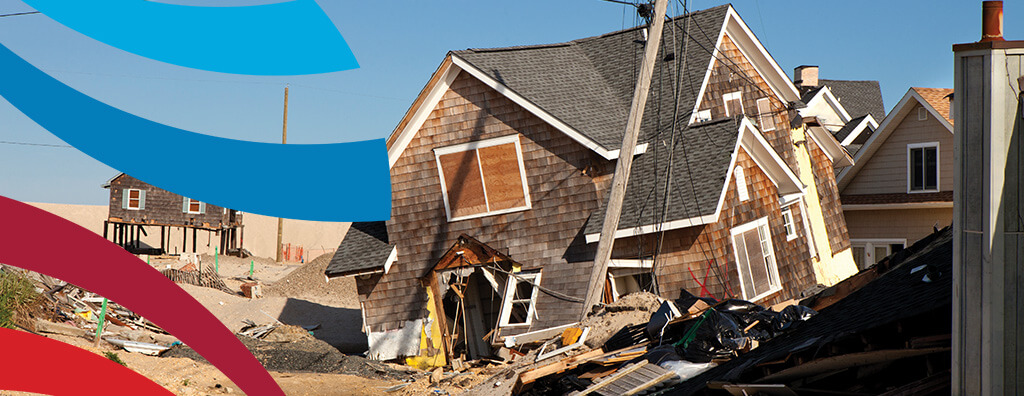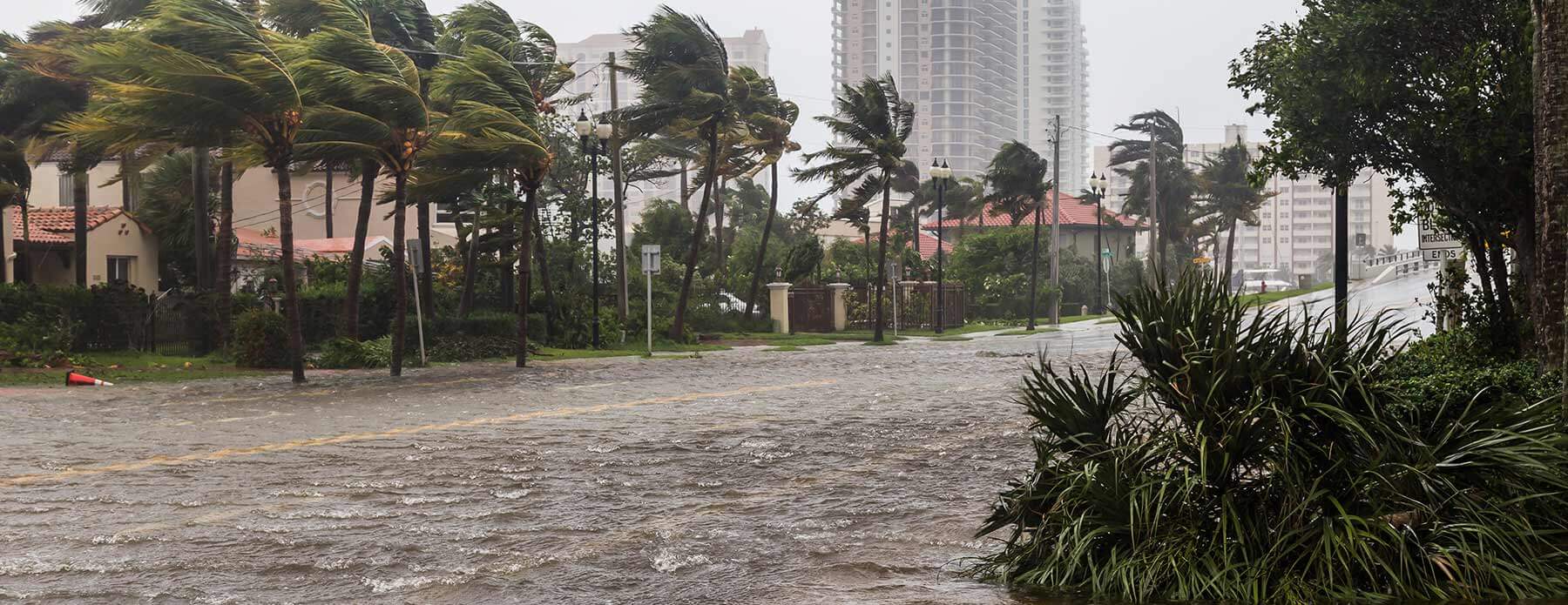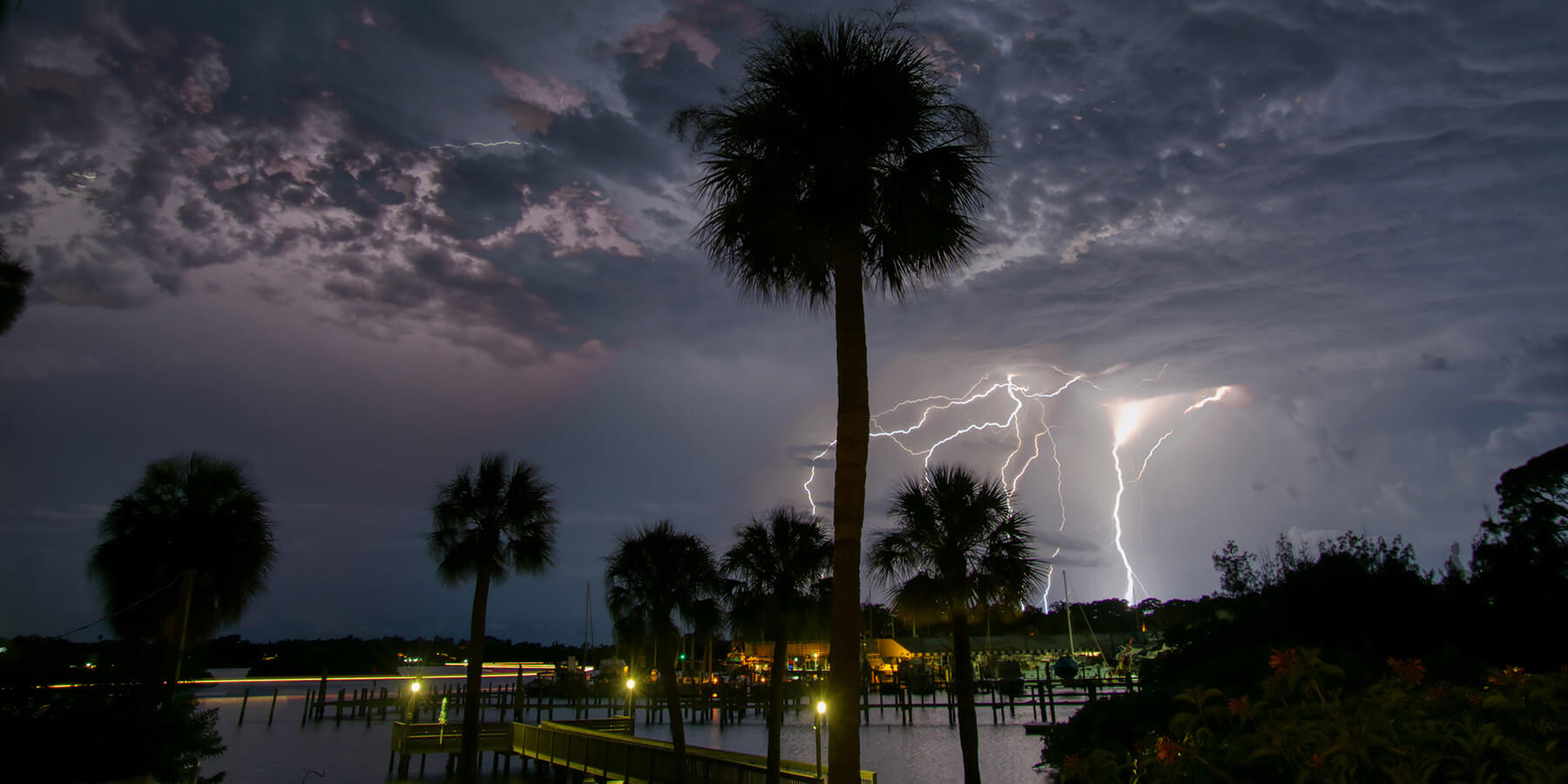Hurricane Sandy, often referred to as «Superstorm Sandy,» was a significant weather event that majorly impacted the Caribbean and the US East Coast in 2012.
With its unique combination of tropical and winter storm elements, Sandy’s impact was both devastating and far-reaching. Below we’ll explore the fascinating dynamics behind Sandy’s formation, its unprecedented path, and the sheer scale of devastation it caused.
Understanding Hurricane Sandy
What Made Hurricane Sandy Different?
Sandy wasn’t simply just another hurricane, rather it was a convergence of multiple weather systems that created an unusually powerful storm. The storm began as a typical hurricane, drawing energy from the warm waters of the Caribbean.
However, as it moved northward, Sandy interacted with a winter-like storm system. This interaction transformed Sandy into a massive cyclone, drawing energy from atmospheric temperature contrasts rather than ocean warmth.
Why Was Hurricane Sandy So Destructive?
Several factors contributed to Sandy’s destructive power:
- Size: The storm’s diameter exceeded over 900 miles, making it one of the largest Atlantic hurricanes on record.
- Storm Surge: Sandy’s size and timing combined to produce record-breaking storm surges, particularly in New York and New Jersey.
- Unusual Path: Sandy’s unexpected leftward turn into the East Coast caught many off guard, leading to extensive damage in heavily populated areas.
Path of Hurricane Sandy
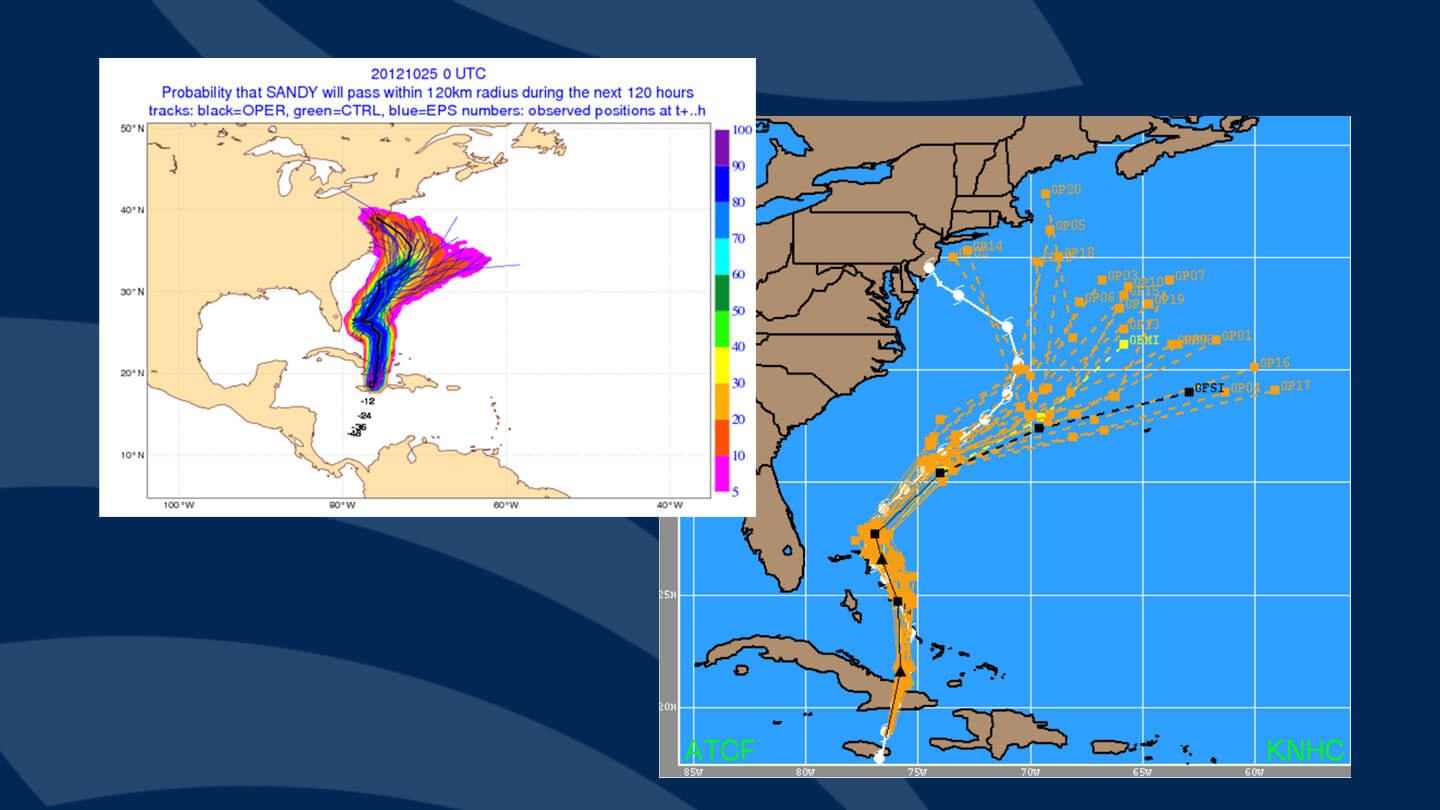
Where Did Sandy Make Landfall?
Sandy made its first landfall in Jamaica on October 24, 2012, as a Category 1 hurricane. It then traveled through Cuba, Haiti, the Dominican Republic, and the Bahamas, leaving a trail of destruction.
In the United States, Sandy made landfall on October 29, 2012, near Atlantic City, New Jersey.
What Were the Immediate Impacts?
- Caribbean: The hurricane claimed dozens of lives and caused significant infrastructure damage. In Haiti alone, more than 27,000 homes were damaged or destroyed.
- East Coast: New York and New Jersey were hit the hardest by Sandy. Coastal areas in these states experienced massive flooding, with storm surges reaching nearly 14 feet at Battery Park in Manhattan. Breezy Point in Queens also suffered a catastrophic fire from the storm that resulted in the destruction of over 130 homes.
The Aftermath and Historical Impact of Sandy
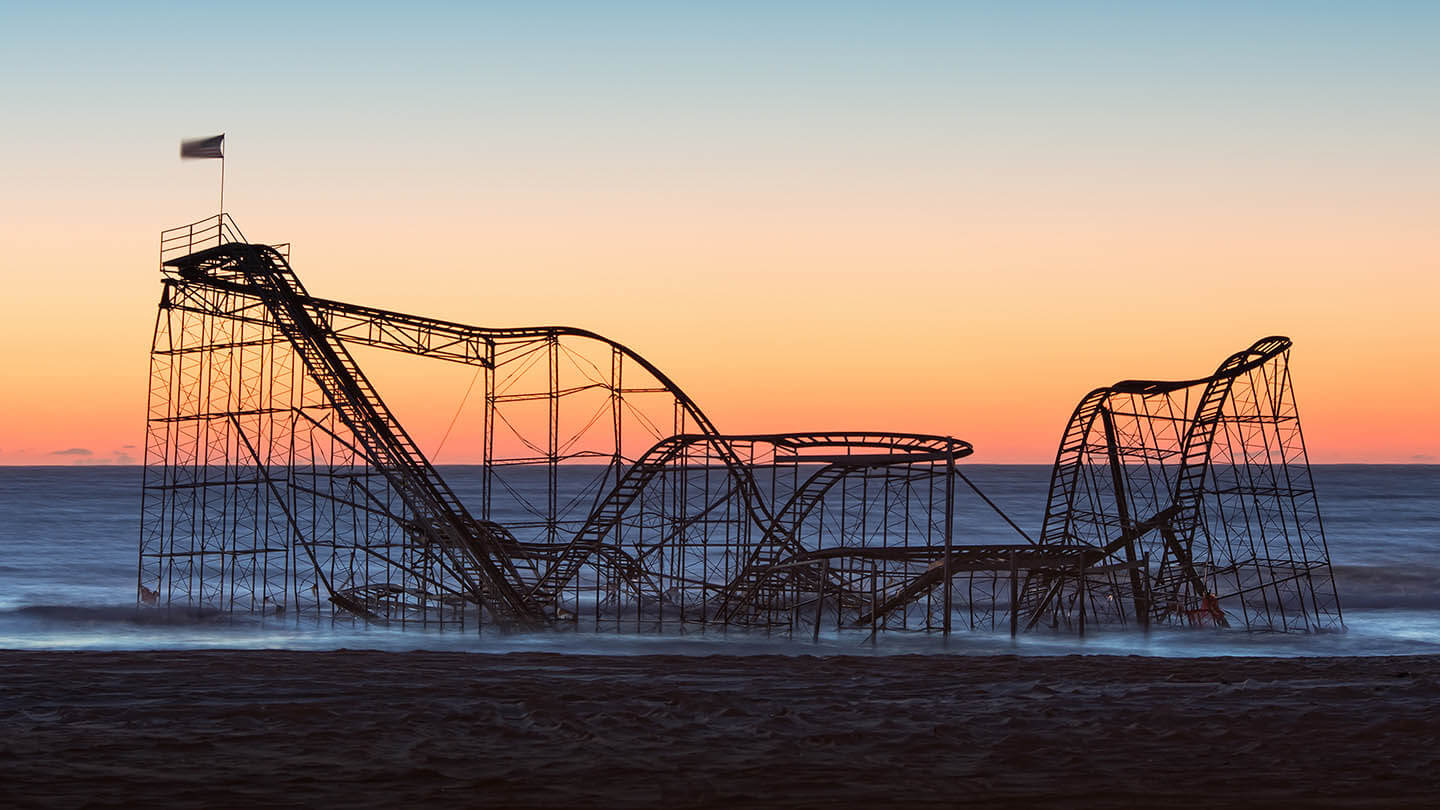
How Did Sandy Affect Communities?
Sandy’s impact was profound:
- Economic Loss: The storm caused $88.5 billion, in today’s adjusted cost, of property damage, making it the fifth-costliest tropical cyclone in US history after Hurricane’s Katrina, Harvey, Ian and Maria.
- Power Outages: Millions lost power, with some areas experiencing outages for weeks.
- Infrastructure: The storm damaged key infrastructure, prompting the New York Stock Exchange to close for two days.
What Lessons Were Learned from Hurricane Sandy?
Sandy was a stark reminder of the importance of preparedness for extreme weather events. The storm highlighted the need for:
- Resilient Infrastructure: Improving coastal defenses and infrastructure to withstand future storms.
- Emergency Planning: Encouraging communities to develop and maintain comprehensive emergency management plans and supply kits.
- Climate Awareness: Reinforcing the understanding that climate change can intensify weather events.
FAQs About Hurricane Sandy
When was Hurricane Sandy?
Hurricane Sandy developed on October 22, 2012, and first affected the Caribbean on October 24, 2012., causing damage in Jamaica, Cuba, and the Bahamas.
It reached the United States on October 29, 2012, making landfall near Atlantic City, New Jersey, and causing widespread destruction along the East Coast. The storm eventually dissipated by November 2, 2012.
What category was Hurricane Sandy?
Sandy reached Category 3 intensity while affecting Cuba but weakened to a Category 1 before impacting the US East Coast.
How big was Hurricane Sandy?
The storm’s diameter exceeded 900 miles, making it one of the largest Atlantic hurricanes on record. According to the National Oceanic Atmospheric Association (NOAA), “high winds extended 1,000 miles across, bringing record-breaking storm surges to coastal areas and blizzard conditions to the mountains.”
Why was Hurricane Sandy so bad?
Sandy’s combination of tropical and winter storm characteristics, its size, and its unusual path that left many unprepared, contributed to its immense destructiveness.
Reflecting on Hurricane Sandy
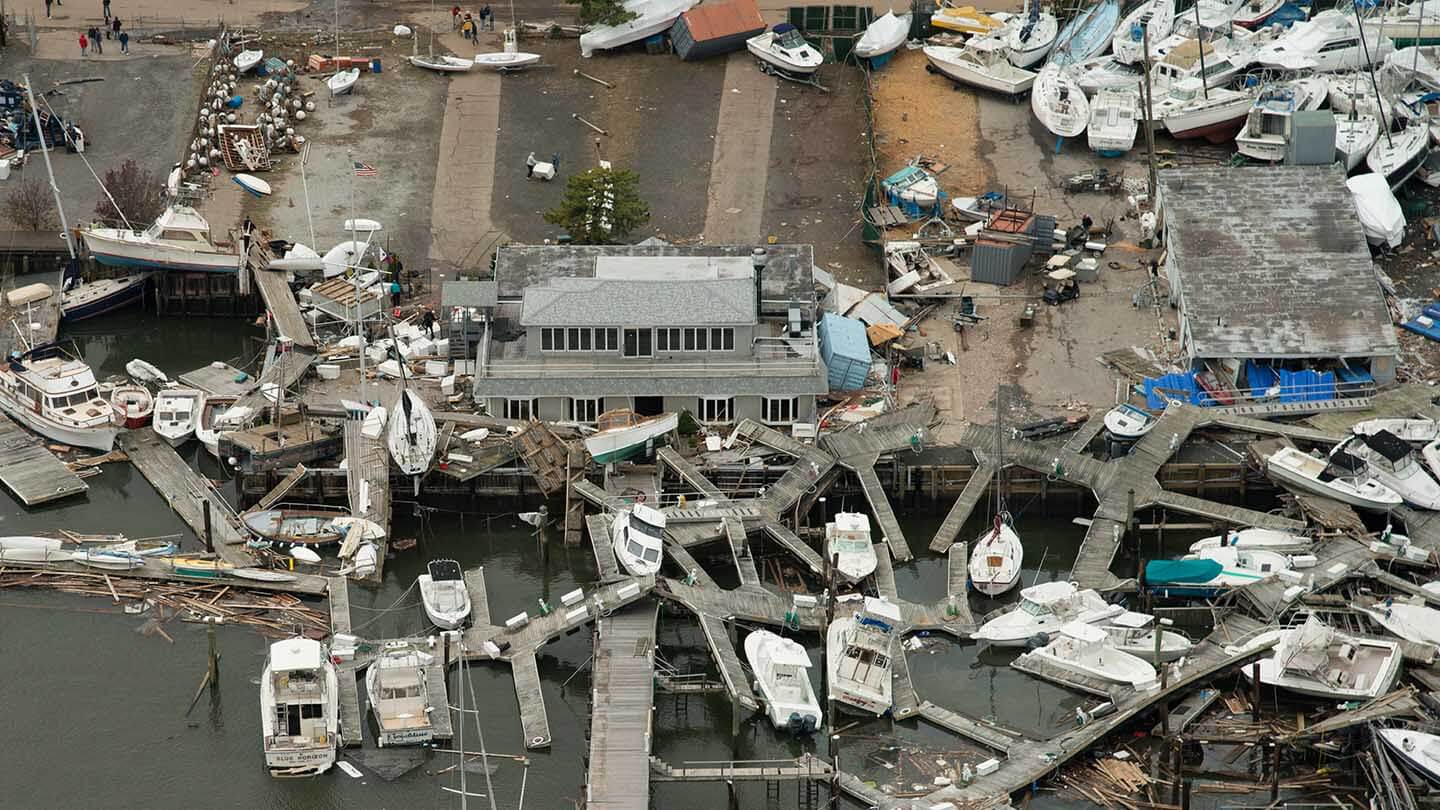
Hurricane Sandy is still an example of nature’s ability to challenge human resilience and preparedness. Its legacy continues to influence how communities plan for and respond to powerful storms.
To get more information on building resilience against extreme weather and expert insights into response strategies, reach out to our team.
